Perth in Four Chapters – Part 4: Perth’s Heritage, Culture and Hidden Corners
My final day in Perth began quietly, with a crisp morning and golden light spilling through my hotel window. After days of chasing sunsets, quokkas, and whales, this one was reserved for rediscovering the city itself. Perth, I’d come to realise, isn’t a place you merely pass through on your way to nature; it’s a city that reveals its soul slowly, one street and story at a time.
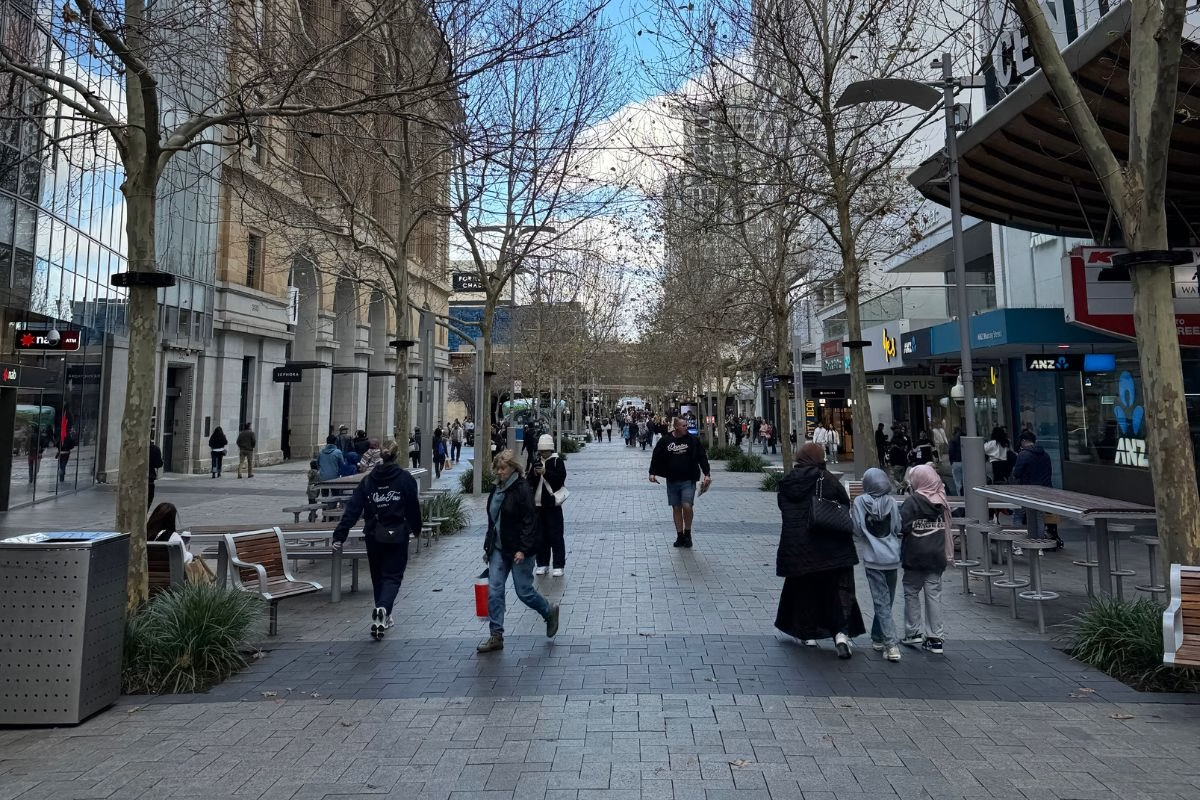
I decided to do what I love best on a final travel day: walk. No tours, no schedules, just me, my camera, and an open map. Perth is a city that rewards curiosity. Around every corner, history rubs shoulders with modern life, colonial façades sit next to glass towers, and century-old arcades hide chic cafés.


Stepping Back in Time at London Court
My first stop was London Court, a heritage-listed open-air arcade tucked between Hay Street and St George’s Terrace. Built in 1937, it’s a quirky mix of Tudor revival architecture and Australian charm. The narrow walkway is lined with shops selling everything from vintage timepieces to fine jewellery, while above, mock-Gothic turrets and copper windows glint in the morning sun.
I felt as though I’d stepped into a scene from a British period drama, except this one has palm trees nearby. Locals hurried through on their way to work, coffee cups in hand, and the faint smell of roasted beans drifted from a café called LONDON Espresso, whose barista was as cheerful as the morning itself.
There’s something lovely about cities that preserve their eccentricities. Perth doesn’t try too hard to be trendy; it just is. And that understated confidence, I realised, is its most attractive quality.
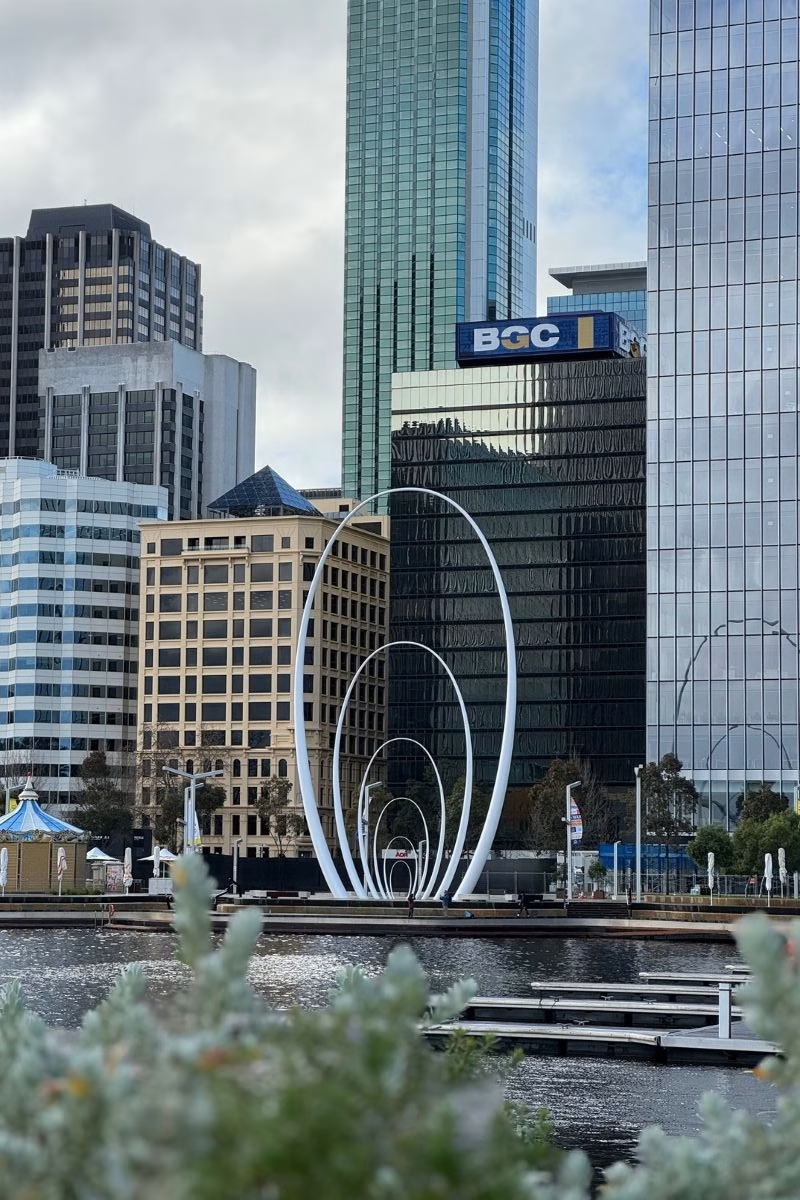
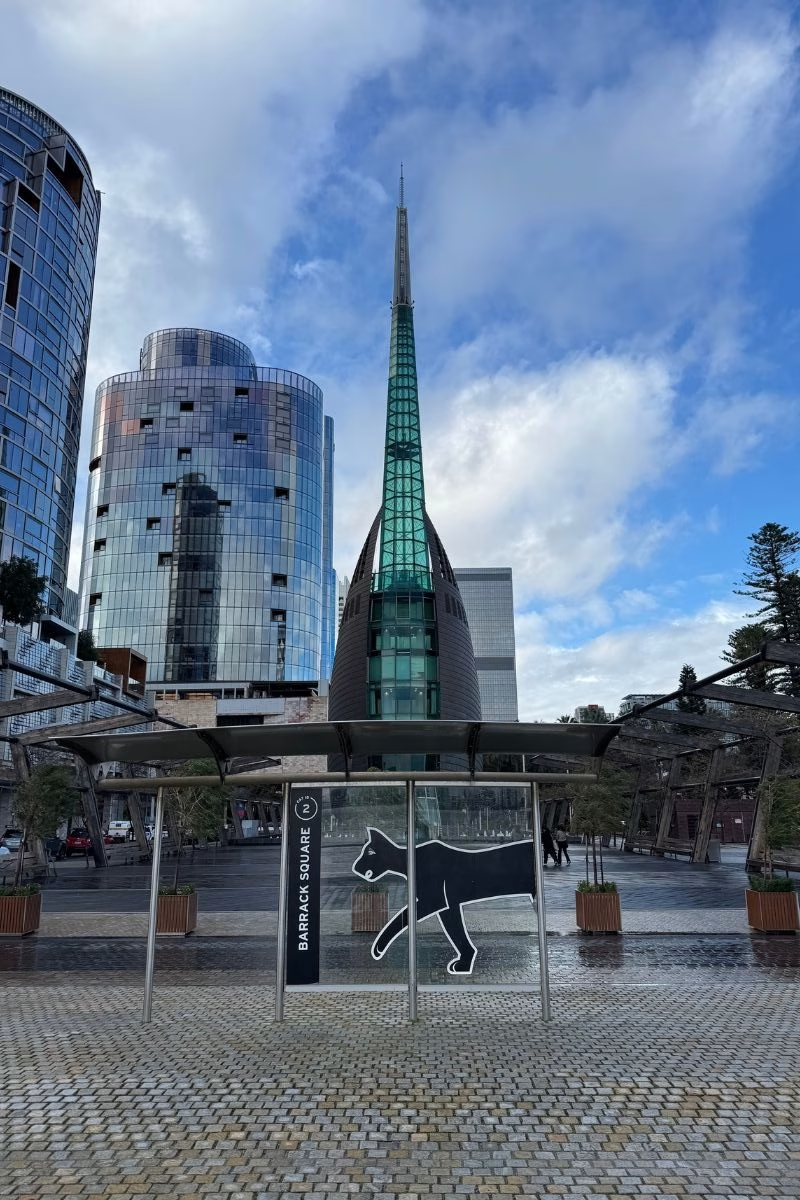



Elizabeth Quay: Where the City Meets the Water
From London Court, I wandered down towards Elizabeth Quay, one of Perth’s most picturesque redevelopments. Here, the city spills elegantly into the Swan River, with a boardwalk lined by cafés, art installations, and a sweeping pedestrian bridge curving over the water like a ribbon.
Families strolled lazily, joggers passed by with headphones on, and somewhere in the distance, a busker played an acoustic version of Coldplay’s Yellow. I paused by The Bell Tower, its glass panels gleaming like cut emeralds. Inside are the historic bells from St Martin-in-the-Fields of London, a symbolic link between Perth and its colonial past.
What struck me most about Elizabeth Quay was its sense of openness. You can stand at the water’s edge, look across the river, and see the city mirrored perfectly on its surface. For all its modern polish, Perth never feels disconnected from nature, it’s a city designed to breathe.
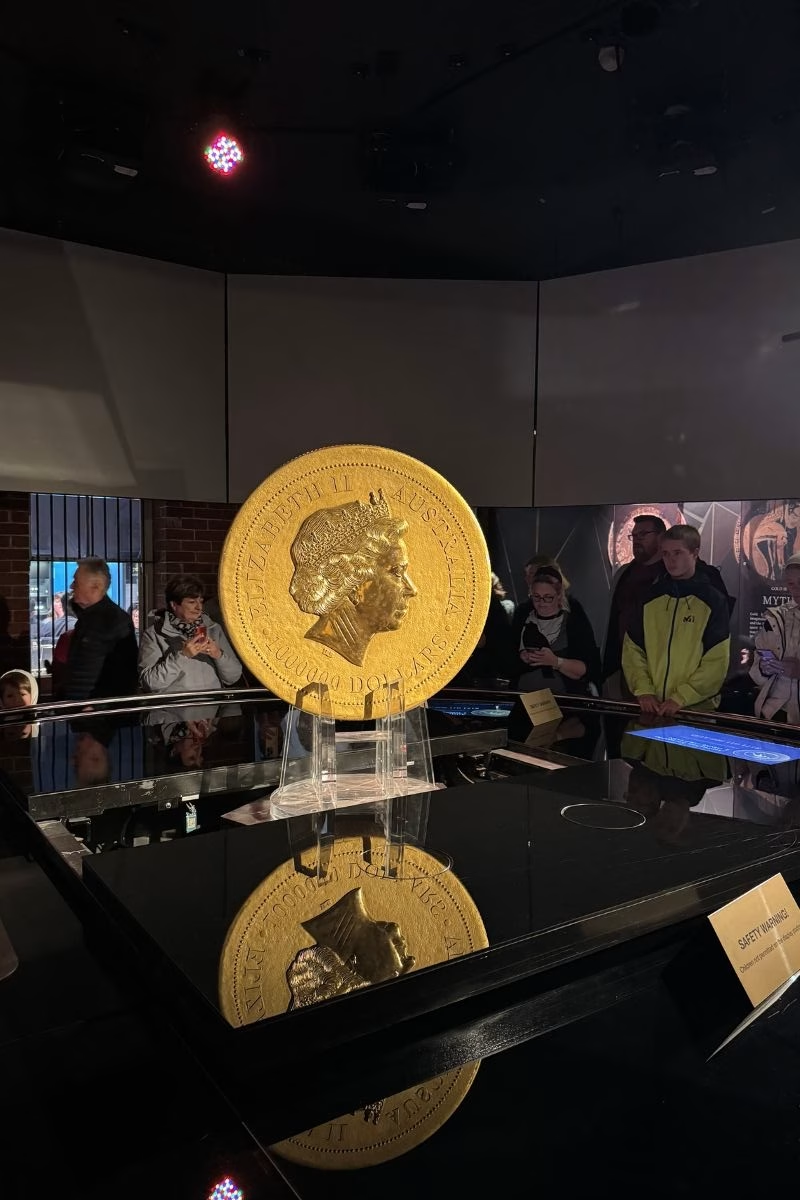
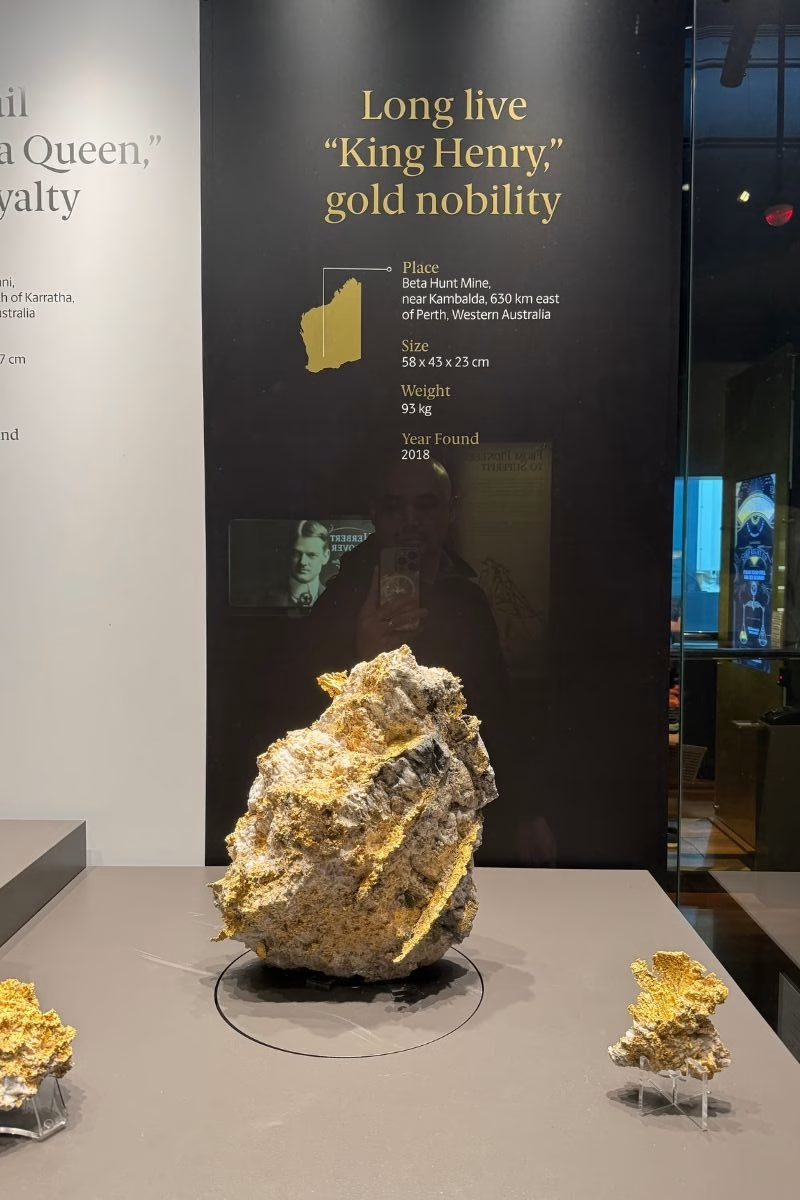
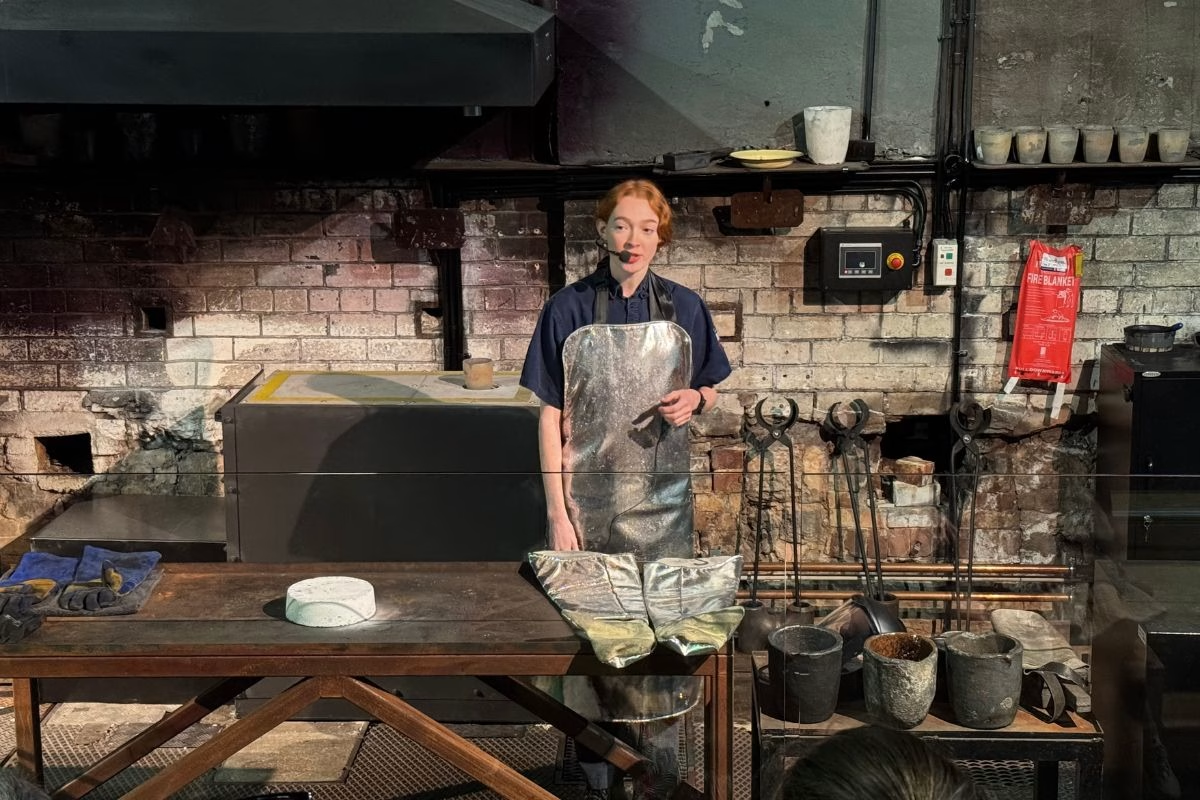
Gold and Glory at The Perth Mint
Next, I made my way to The Perth Mint, one of the city’s most treasured historical landmarks. Established in 1899, it’s Australia’s oldest operating mint. The building itself, with its limestone walls and elegant arches, feels like a museum frozen in time. Inside, I joined a guided tour where we watched a live gold-pouring demonstration. An impressive ritual involving molten gold heated to over 1,200°C, then skilfully cast into gleaming bars.
There’s a quiet reverence in watching raw gold transform into something tangible. The mint still produces gold and silver coins today, but what lingers most is the story of Western Australia’s gold rush, and how it drew thousands to these lands in search of fortune and built the foundations of modern Perth.
Before leaving, I held a solid gold bar in my hands — well, technically, I tried. At 12 kilograms, it was unbelievably heavier than I thought. The guide laughed when I struggled to lift it. “That’s about half a million dollars right there,” she said with a grin. I smiled back, resisting the urge to check my bank balance.


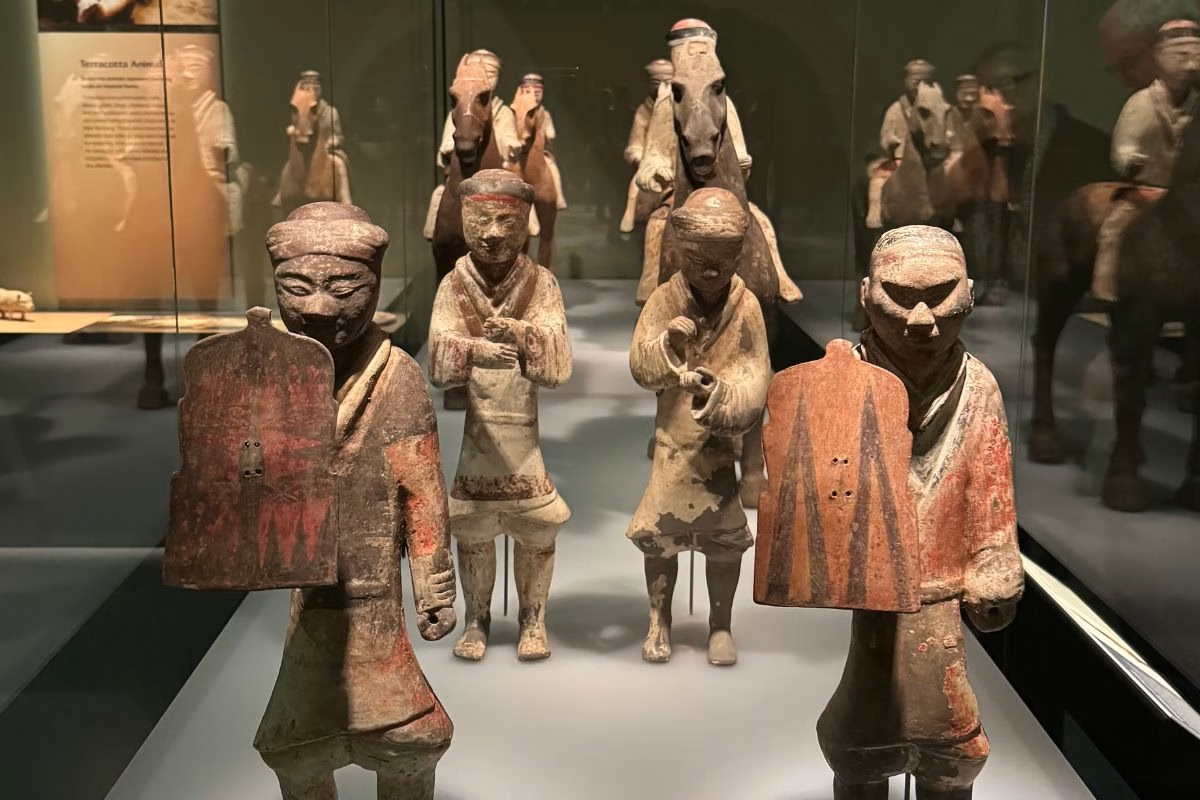
A Taste of History at the WA Museum Boola Bardip
A short walk away stood the WA Museum Boola Bardip, located in the Perth Cultural Centre. Its name, derived from the Whadjuk Nyoongar language, means “many stories,” and it’s an apt description. The museum seamlessly weaves together Western Australia’s natural history, Indigenous heritage, and contemporary culture under one strikingly modern roof.
However, I was here to check out the Terracotta Warriors: Legacy of the First Emperor exhibition. This is the major international blockbuster exhibition currently on display at Boola Bardip, featuring a massive, world-class exhibit dedicated to China’s first emperor, Qin Shihuang.
The exhibition features several life-sized warriors and horses on loan from China. It’s a huge collection of over 225 ancient artefacts, including not just the warriors but also weapons, jade, bronze, gold, and other treasures from the emperor’s tomb. Some of the items are being exhibited outside of China for the very first time. This special exhibition will run from June 2025 to February 2026.
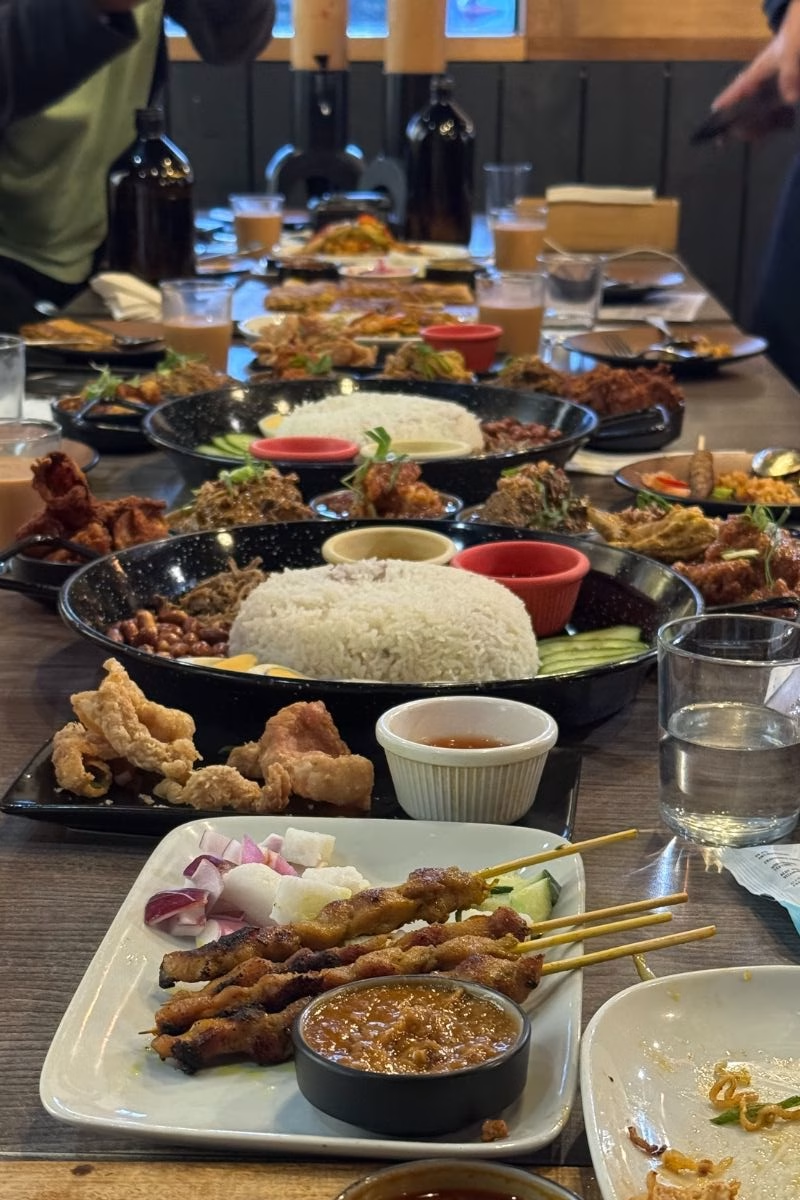


Dinner at Sedap Place
By late afternoon, my feet had covered more kilometres than I’d planned. It was time for dinner, and as luck would have it, I found a little piece of home. Sedap Place, located about 20 minutes away from Perth’s CBD, is one of the city’s most beloved Malaysian eateries.
The moment I stepped inside, I was greeted by the familiar aroma of sambal and kopi ais. The menu read like a love letter to Malaysian comfort food such as nasi lemak, char kway teow, curry laksa, and my personal weakness, roti canai (pan-fried flatbread of Indian origin) with dhal. I ordered the nasi lemak (rice cooked in coconut milk), complete with crispy fried chicken. For a brief moment, I forgot I was thousands of kilometres away from Kuala Lumpur.
As I looked around, I saw other Malaysians doing the same; families chatting in Manglish, students laughing over teh tarik (‘pulled’ hot milk tea). Perth has long been a second home for many of us, and Sedap Place felt like its unofficial embassy of flavours.
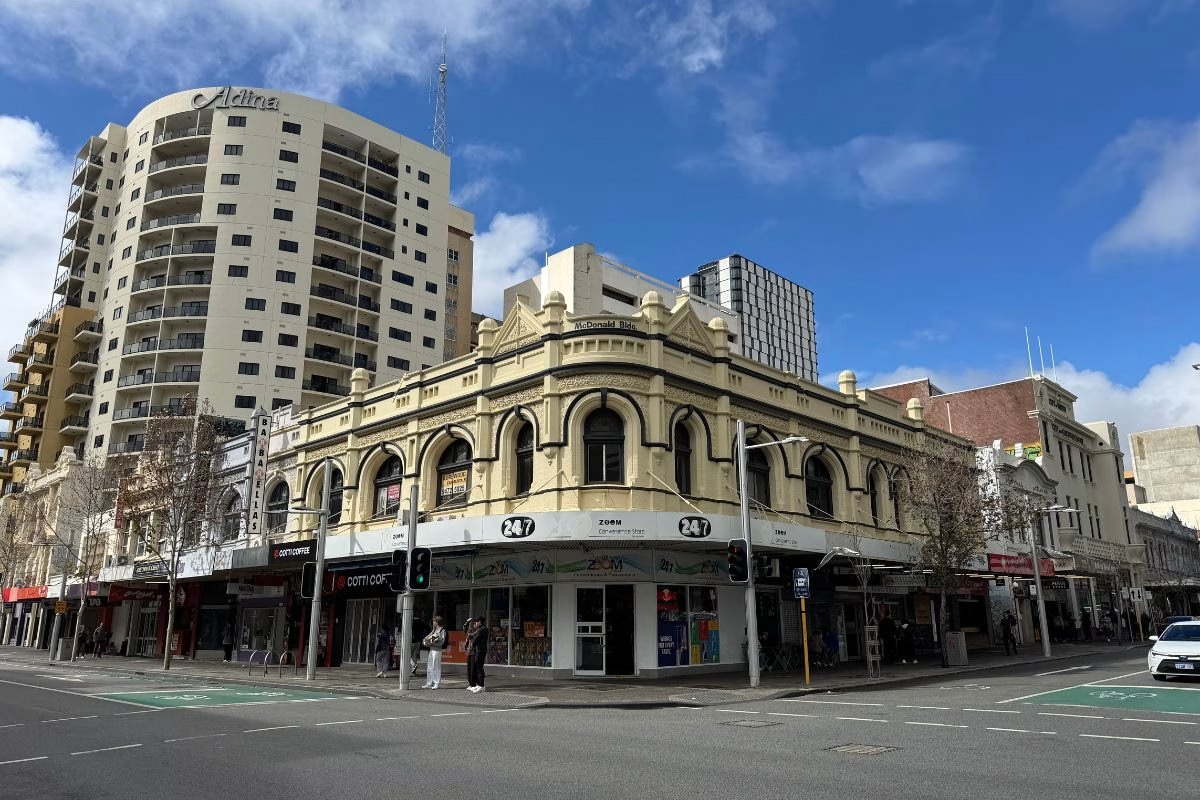
Evening Reflections
My final hours in Perth were spent wandering aimlessly through the city, letting it imprint itself on me one last time. The winter sun dipped behind the skyline, casting long shadows across Murray Street. A busker played the saxophone near the station, and couples lingered on park benches, wrapped in scarves and easy conversation.
When I reached my hotel, I stood for a while at the window, looking out over the city that had so quickly felt familiar. Perth doesn’t shout to be noticed. It doesn’t compete. Instead, it charms you quietly with its open skies, warmth, and balance between the wild and urban, as well as between history and modernity.
As my flight back to Kuala Lumpur approached the next morning, I thought of all the moments that had shaped this journey: the chill of the first night; the taste of honey and truffles in Swan Valley; the quokkas’ curious faces; the whales breaching at sea; and the comforting familiarity of sambal (spicy chilli paste) on rice.
Perth, in winter, had been full of surprises. It reminded me that sometimes the best journeys aren’t about how far you travel, but how deeply a place can make you feel at home.
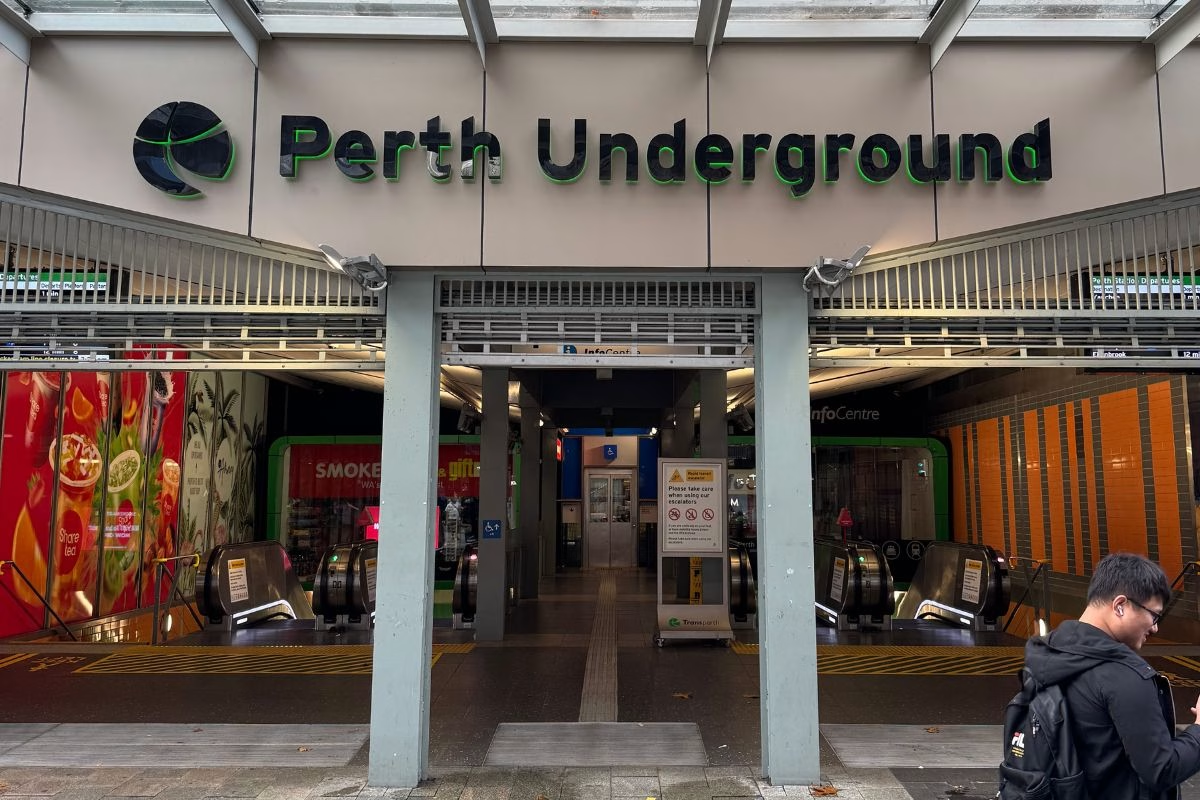
Gaya Travel Magazine team is deeply grateful to AirAsia, Tourism Western Australia, and Ibis Perth for making the writer’s trip to Perth possible and smooth-sailing.







Leave a Reply